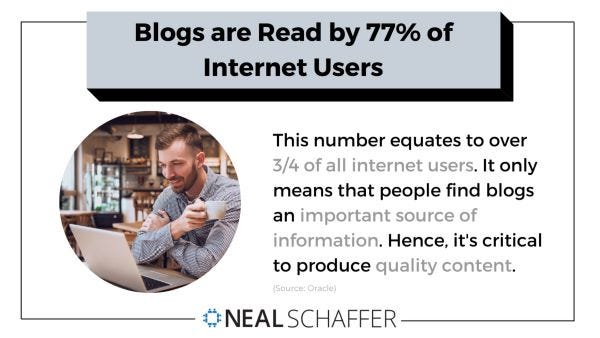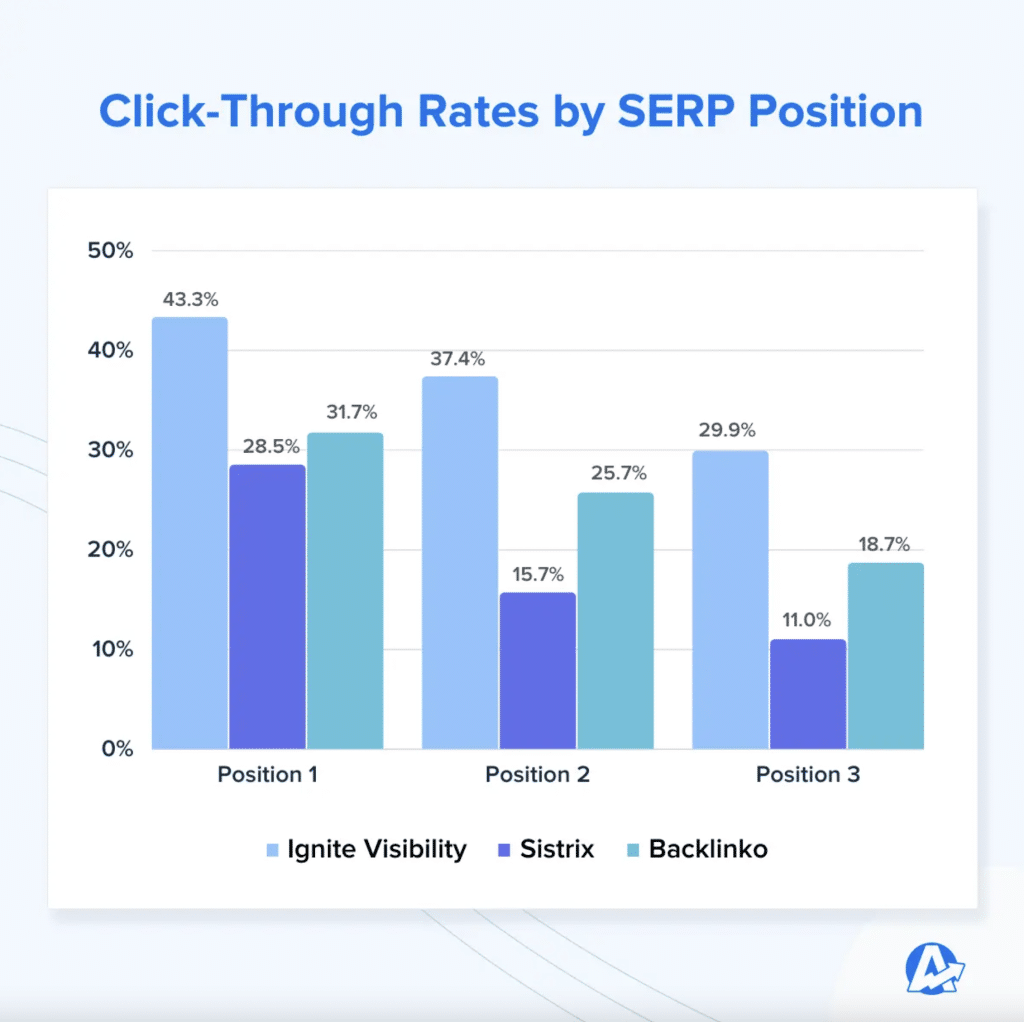
Writing a blog post without an outline is like going on a road trip without a map. Sure, you might get somewhere eventually, but there’s a good chance you’ll take a few wrong turns. At Marketing Insider Group, we believe in making every word count and every direction clear. That’s why we’re here to talk about how to write a blog post outline that leaves no room for ambiguity.
Creating a blog post outline isn’t just about organizing your thoughts. It’s about setting yourself up for a smooth writing journey. Think of it as laying down the tracks for a train. With the tracks in place, all you need to do is follow them to your destination. No more getting lost in the wilderness of your own ideas.
So, why should you listen to us? Well, we’ve been around the block a few times. We’ve faced the intimidation of a blank screen and come out victorious, time and time again. How? By mastering the art of the blog post outline. And today, we’re sharing our secrets with you.
Quick Takeaways
- Every blog post must have a clear purpose, whether to inform, persuade, entertain, or a combination, guiding the writing style and structure.
- Choosing a topic involves balancing personal passion with what the audience is searching for, using keyword research and Google Trends as tools.
- Reviewing the top search engine results for your keyword reveals what content performs well, helping to set a benchmark for your own post.
- The format of your blog post, whether a how-to guide, listicle, in-depth analysis, or personal narrative, should cater to both the topic and audience preferences.
1. Understanding the Purpose of Your Blog Post
Before you even think about typing that first letter, let’s get one thing straight: every blog post needs a purpose. And no, “because I felt like writing” doesn’t count. We’re talking about a clear, smack-you-in-the-face kind of purpose. Whether it’s to inform, persuade, entertain, or a mix of all three, knowing your goal shapes everything from your writing style to the structure of your outline.
Now, you might be thinking, “But I just want to share my thoughts on the world’s best coffee.” That’s great, but let’s narrow it down. Are you aiming to convert coffee haters, provide a guide to coffee aficionados, or simply muse about your love for caffeine? Pinpointing your purpose is like choosing the right weapon before going into battle. And in the world of content, your pen (or keyboard) is your sword.
Did you know that 77% of internet users read blogs? That’s a lot of eyeballs searching for content with purpose.

Image Source: Medium
What does this mean for you? It means that if you nail your purpose, you’ve got a better shot at capturing and keeping that audience.
So, take a moment. Think about what you want to achieve with your post. Are you solving a problem? Sharing insider knowledge? Once you’ve got your purpose down, you’re well on your way to creating content that your readers will actually care about.
2. Choosing Your Topic Wisely
Picking your topic isn’t just about what sparks joy in you. It’s about what lights up the Google search bar, too. In this case, keyword research and Google Trends are your roadmap to what your audience is actually searching for.
Start with keyword research. It’s not as daunting as it sounds. Tools like Google’s Keyword Planner or Ahrefs can show you exactly what your potential readers are typing into that search box. This is about data-driven decisions. Find those keywords that have a decent search volume, but not too much competition. That’s your sweet spot.
Now, Google Trends. This is where you get to see what’s hot and what’s not in real-time. A topic might seem like a good idea, but if the trend line is going down, you might want to reconsider. On the flip side, if you see a spike in interest for a particular topic, jump on it. That’s your window of opportunity to capture an audience that’s already looking for what you have to say.
Video Source: Google for Creators
Moral of the story: Strike a balance between what you want to write and what your audience wants to read. Nail this, and you’re choosing a topic that has a built-in audience waiting for it.
3. Reviewing the Top SERPs for Your Keyword
Once you’ve got your topic and keywords, it’s time to play detective. Dive into the top search engine results pages (SERPs) for your keyword. Why? Because Google’s front page is like the VIP section of a club. If you want in, you need to know who’s already there and what got them past the velvet rope.
SERPs tell you what Google—and by extension, your audience—values in content. Is it comprehensive guides, snappy listicles, deep dives into research? Your job is to analyze these top performers and then brainstorm how to do it better. Yes, better. Because good enough doesn’t make the cut.
A recent study found that the #1 result in Google’s search results has an average CTR of 31.7%. That’s almost one-third of all clicks going to the top spot.

Image Source: Agency Analytics
Your goal is to be in that top spot. Reviewing the top SERPs gives you a blueprint of what works. It shows you the standards you need to meet and exceed. Look at the:
- Headings
- Length
- Tone
- Visuals
What questions are they answering? What questions are they missing? That’s where you come in. Fill those gaps, add unique insights, and provide even more value.
Remember, it’s not about copying. It’s about understanding what makes these posts successful and then using that knowledge to create something uniquely yours.
4. Deciding on the Content Format
Not all blog posts are created equal, and the format you choose can make or break your piece. Are you going for a how-to guide, a listicle, an in-depth analysis, or a personal narrative? The format depends on your topic, your audience’s preferences, and what you’re comfortable writing.

Image Source: Ironpaper
Different formats serve different purposes. A how-to guide is perfect for step-by-step instructions, while a listicle might be your go-to for quick, digestible tips. An in-depth analysis suits complex topics that need a deep dive, and personal narratives are great for connecting with your readers on a human level.
But how do you decide? Look at your keyword research and the top SERPs for your topic. What formats are already performing well? This isn’t about reinventing the wheel. It’s about understanding what your audience expects and then delivering it in spades. If the top articles for your keyword are mostly listicles, there’s a good chance your readers will appreciate that format too.
5. Crafting a Unique Angle
The internet is flooded with content. To stand out, you need an angle that grabs attention and offers something new. Maybe it’s a fresh take on an old topic, an insider’s perspective, or a controversial opinion. Whatever it is, it should add value and give readers a reason to choose your post over the others.
Ask yourself what you can bring to the table that no one else can. Do you have personal experience that sheds new light on the topic? Can you draw on unique data or research? Or maybe you have a knack for explaining complex ideas in a simple, relatable way. That’s your angle.
Finding your unique angle isn’t just about being different; it’s about being memorable. It’s what will make your readers come back for more. Think creatively, be a thought leader, and don’t be afraid to take risks.
6. Structuring Your Outline
Remember, your outline is your roadmap. It should clearly show where you’re starting, where you’re heading, and all the interesting stops along the way.
Start with your main headings – these are your big ideas. Under each heading, jot down a few key points or subheadings. This is where you start breaking down your big ideas into manageable chunks.
These headings and subheadings do more than just organize your thoughts; they significantly improve the readability of your post. By breaking up text, they make your information more digestible for readers, guiding them through your content in a way that feels effortless.
Your outline doesn’t have to be set in stone. Think of it as a flexible framework that guides your writing. It’s there to keep you on track, but don’t be afraid to make detours if you stumble upon something interesting.
7. Detailed Planning of Subsections
Now, let’s zoom in on those subheadings. This is where the magic happens. Detailed planning of your subsections turns your outline from a skeleton into a fully fleshed-out creature.
For each subheading, list out the key points you want to cover. Think about the flow of information – each point should logically lead to the next. This is also the time to think about examples, case studies, quotes, or data you can include to support your points. The more detailed your planning, the easier the writing process will be.
But don’t just take our word for it. A recent survey found that 80% of the most successful content marketers have a documented strategy.

Image Source: KoMarketing
Detailed planning is a hallmark of successful content. It ensures that your post is comprehensive, coherent, and compelling.
Remember, the goal of detailed planning is not to restrict your creativity, but to enhance it. By knowing exactly what you need to cover, you free up mental space to get creative with how you present your information.
8. Writing a Compelling Introduction and Conclusion
Your introduction is your one chance to grab your readers by the collar and say, “Hey, you’re going to want to stick around for this.” It’s about sparking curiosity, setting the tone, and, most importantly, promising value.
Start with a hook – a surprising statistic, a bold statement, or a relatable anecdote. Then, tease what they’ll learn or how they’ll benefit from reading your post. Remember, the intro is your sales pitch. Make it count.
But what about the grand finale? Your conclusion isn’t just a sign-off; it’s your closing argument. It’s where you drive home the main points and leave your readers with something to chew on.
Summarize the key takeaways, but don’t just repeat what you’ve already said. Add value. Pose a question, offer a final tip, or encourage action. Make your conclusion memorable by leaving your readers better off than they were before they started reading.
9. Perfecting Your Outline
This is the time to refine and perfect your plan. Ask yourself: Does the structure flow logically? Have I covered all the bases? Is there anything redundant or missing? This isn’t about doubting your initial plan, but ensuring it’s as strong as possible.
Share your outline with a colleague, friend, or fellow writer. Fresh eyes can spot gaps or opportunities you might have missed. Be open to suggestions, but also trust your gut. Your outline is a living document, meant to evolve as your post takes shape.
Remember, perfection is a moving target. Your outline should guide you, not constrain you. If you find a better angle or a more relevant example as you write, don’t be afraid to adapt. The goal is to create content that resonates with your audience and meets your objectives, not to stick rigidly to a plan.
Master How To Write A Blog Post Outline Today with MIG!
Learning how to write a blog post outline is a game-changer for any writer. From pinpointing your blog’s mission to choosing a topic that hits the sweet spot between your passion and your audience’s interests, a well-crafted outline ensures your content is not just structured, but also compelling and reader-friendly.
By refining your outline, you’re laying the groundwork for memorable, impactful content. So, embrace these strategies, infuse them with your unique voice, and watch as your outlines transform blank pages into canvases of possibility.
Ready to master how to write a blog post outline? Check out our SEO Blog Writing Service or schedule a quick consultation to learn more about how Marketing Insider Group can help you earn more leads for your business.
0 Commentaires